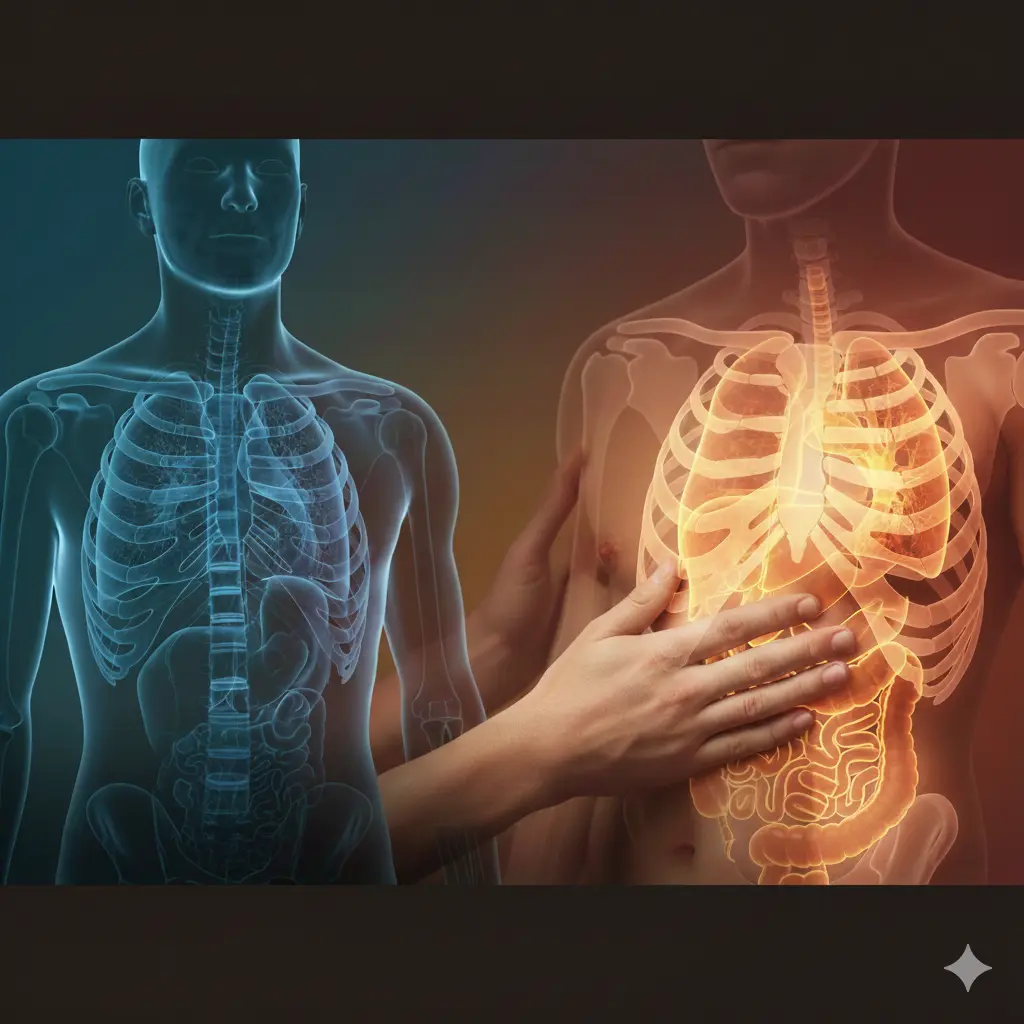rib pain treatment in wendover Whether it’s a stabbing pain that happens on a deep breath or a vague nagging ache after any physical activity, rib pain can be annoying and, in some cases, distressing. Rib pain can come on very suddenly after some sort of fall or incident, can develop due to a collection of poor postural habits developed over time, or can occur for seemingly no reason at all. In Wendover, UK, we see these instances of ‘rib pain’ frequently with both active and sedentary individuals.
Having an accurate diagnosis of the rib pain can be important in determining how to appropriately treat it. In many instances, starting physiotherapy early can help prevent persistent rib pain, and return you to full mobility and comfort. A rib pain physiotherapist can help assess and address the underlying musculoskeletal cause.
Having an accurate diagnosis of the rib pain can be important in determining how to appropriately treat it. In many instances, starting physiotherapy early can help prevent persistent rib pain, and return you to full mobility and comfort.
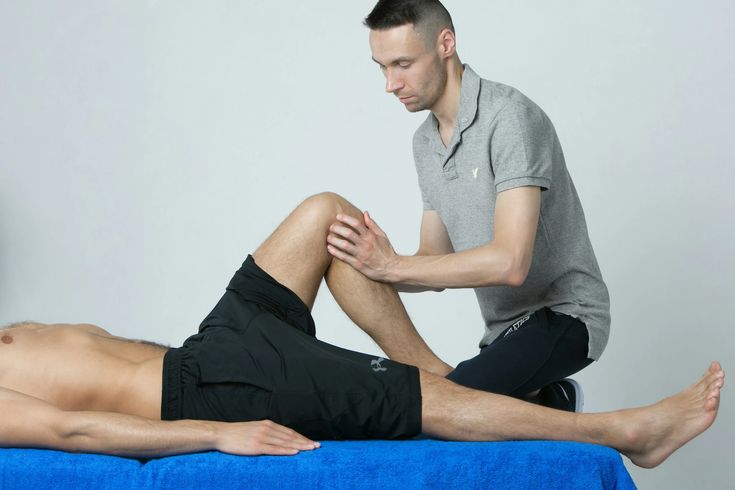
Introduction: Understanding Rib Pain
Rib cage pain is a common complaint that can affect individuals of all ages. Being from a sharp stabbing pain when deeply breathing to an annoying ache a few hours after an activity, rib pain can be debilitating and nerve-racking. It can arise with no apparent cause whatsoever, be the result of bad posture over time or appear after a fall or incident. In Wendover, UK, rib pain can be experienced both by individuals with, and without, physical activities. If you’re experiencing pain under right rib cage or pain behind the ribs on the right side, seeking professional advice is important.
Identifying the cause of your rib pain is the best way to find treatment. In many examples, receiving physiotherapy at an early stage can stop the pain from becoming chronic and will assist in regaining full movement and comfort.
In this article, we’ll explore:
- The common causes of rib cage pain
- Typical symptoms and warning signs to watch for
- When the pain could indicate something more serious
- And how physiotherapy in Wendover can provide lasting relie

Causes of Rib Cage Pain
- Muscle Strain: One of the most common causes of rib cage pain is muscle strain. Activities such as heavy lifting, sudden twisting motions, or vigorous exercise can lead to overuse or injury of the intercostal muscles, which are located between the ribs.
- Trauma: Rib fractures or bruising can result from accidents, falls, or sports injuries. This type of rib cage pain is typically sharp and intense, often accompanied by difficulty breathing and tenderness at the site of injury.
- Costochondritis: Costochondritis is an infection of the cartilage connecting the ribs to the breastbone (sternum). It can cause intense, stabbing pains in the chest and rib area, especially while coughing or inhaling heavily.
- Pleurisy: Pleurisy occurs when the lining around the lungs becomes inflamed. This can cause sharp pain that worsens with deep breathing or coughing. Underlying infections or medical conditions often trigger pleurisy.
- Gastrointestinal Issues: Conditions such as acid reflux, gastritis, or gallbladder problems can sometimes cause referred pain to the rib cage area. This pain may be mistaken for musculoskeletal issues.
- Cardiovascular Problems: In some cases, heart-related issues like angina or pericarditis can cause pain that radiates to the chest and rib area. This type of pain is usually associated with other symptoms such as shortness of breath and palpitations.

Common Causes of Rib Pain
Sore ribs can result from many different causes, including a pulled muscle, a bruised or broken rib, or even just acid reflux. Broken ribs are quite common, and can heal anywhere from six weeks to six months! In some circumstances, though, pain in your rib cage could even be an indicator of something critical like a heart attack or cancer.
Rib pain can arise from many sources, including blunt injury (your ribs can be fractures or strains), but also less straightforward causes like pleurisy or costochondritis. There may be other contributors, such as thoracic spine pain, or other musculoskeletal issues.
1. Muscle Strain
Overuse or sudden twisting of the torso can strain the intercostal muscles (the muscles between the ribs). This often occurs after:
- Heavy lifting
- Intense workouts
- Persistent coughing or sneezing
Pain from muscle strain is usually sharp during movement and tender to touch.
2. Rib Fractures or Bruises
Even a small fall or a sports injury can cause a rib to crack or bruise. Symptoms include:
- Intense, localized pain
- Swelling or tenderness over the affected rib
- Pain that worsens with breathing, coughing, or movement
Unlike bruised ribs, fractures can pose a risk to nearby organs, so medical evaluation is essential.
3. Poor Posture
Slouching at a desk or driving for long hours can cause uneven pressure on the rib cage, leading to:
- Muscle imbalances
- Rib joint stiffness
- Breathing restrictions
Chronic poor posture can also contribute to mid-back and rib pain over time.
4. Stress and Anxiety
Tension from stress can lead to shallow breathing and tightness in the chest muscles, particularly in the upper ribs. This often presents as:
- Aching or pressure under the ribs
- Difficulty taking full breaths
- A feeling of tightness around the chest
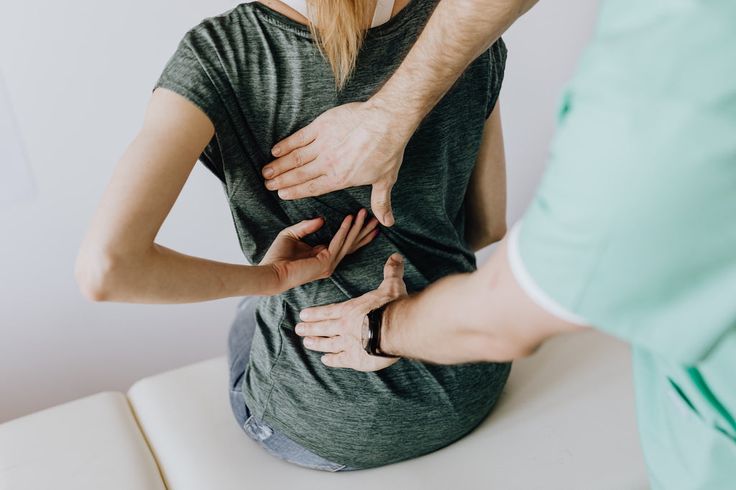
Left Side Rib Pain: What Could Be Causing It?
Occupational problems in the left ribs could arise from some many different contributing issues! You could have an injury to your ribs, you could have some problems with surrounding organs like the heart, lung, spleen, stomach, or kidney, or even an inflammatory response in the cartilage joining your ribs to your sternum.
Your left ribs serve as protective barriers to the underlying organs below them which include your heart and your stomach. Other causes of pain when you press on your left ribs could be due to an injury to the ribs, infection, or an underlying disease.
If you have pain in your chest, you might be very concerned, and could be thinking about a serious condition such as a heart attack. While it is true that pain from underneath your left ribs can be a symptom of a heart attack, the area of discomfort will not always, but can be related to the heart.
Depending on the cause the left rib pain could be sharp and stabbing or dull and aching. For most people pain in this area is likely a benign (not harmful), treatable cause. If you are having chest pain symptoms, it is always best to see a doctor or healthcare professional to rule out something serious.
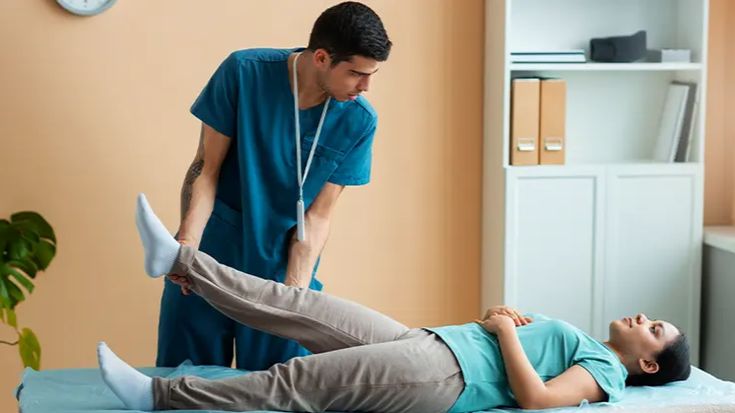
When is left rib pain an emergency?
Pain in the left ribs or chest area should never be ignored, as it can sometimes signal a serious medical emergency, such as a heart attack. Recognising the warning signs early can save lives.
Common Heart Attack Symptoms to Watch For
- Pain, discomfort, or a heavy feeling in the chest, usually in the middle or on the left side
- Pain or discomfort spreading to the neck, jaw, shoulders, arms, back, or above the belly button
- Shortness of breath
- Excessive sweating
- Fatigue or unusual tiredness
- Nausea or vomiting
- Feeling lightheaded or dizzy
- A fast or irregular heartbeat

Right Side Rib Pain: What Could Be Causing It?
Right side rib pain can be caused by many things, from minor to serious issues. Some common causes of right side rib pain are pulled muscles, bruised ribs, and heartburn. More serious issues can cause right side rib pain, such as heart problems, lung problems, liver and gallbladder problems. A primary care doctor can help determine the cause of pain and the best treatment for it. You should see a doctor if your rib pain is severe, does not go away, or comes with other symptoms, like shortness of breath.
What causes right rib pain without injury?
Pain in the lower right side of the ribs without injury may stem from several causes, including inflammation of the costal cartilage where the ribs connect to the sternum (costochondritis), gallbladder problems, or organ pain from the liver or kidneys (referred). Other possible diagnoses include fibromyalgia, lung disorders such as pleurisy, or digestive issues.
What does pain on the right side of the rib mean?
Pain felt on the right side of the ribs can be caused by something as innocuous as a muscle strain, or as serious as something involving your heart or gallbladder. It should be noted that pain in the right rib area can be referred pain from other issues/areas. Consult a doctor for a proper diagnosis, and if the pain persists, is intense, or is associated with other concerning symptoms.
When should I be worried about right-side pain?
Sudden and intense right-sided abdominal pain, especially when coupled with additional concerning symptoms – fever; shortness of breath; or persistent vomiting, should prompt concern. Two additional concerning signs are blood in stool or urine and jaundice or unexplained weight loss. While any pain that is lasting more than a couple of days is important too – especially if your pain is getting worse or you can’t go about your daily activities – it is the sudden onset and intensity of pain that is most concerning in the right side of the abdomen.
What organ is underneath the right side rib?
The primary organ located under the right rib cage is the liver. The liver is a large, complex organ that plays a vital role in many bodily functions, including filtering blood from the digestive tract, processing nutrients, and detoxifying the body.
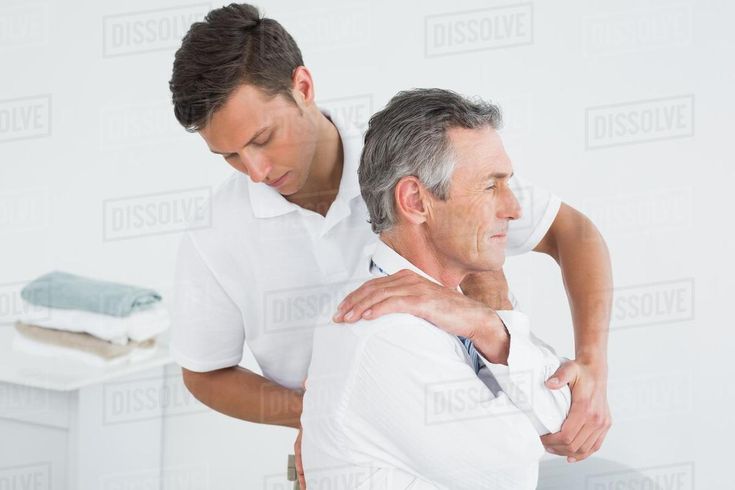
How Physiotherapy Can Help With Rib Pain
Physiotherapy is an effective treatment for rib pain as it targets the underlying cause and helps you heal and recover. The physiotherapist will help you manage the pain, regain movement and improve your breathing using a variety of techniques such as massage, joint mobilization, respiratory exercises and manual.
Physiotherapy will focus on restoring your normal range of motion and function. It can be an important part of your recovery process after an injury to your rib. Treatment will likely involve respiratory exercises and chest stretches which will be taught to you slowly and gradually. If you had a fracture or cracked rib, be sure to have the all clear from your GP before starting any exercise.
As physiotherapists, we will work with you to identify the reason for your symptoms and come up with an appropriate treatment plan. We can also show you the correct technique for stretches and exercises to relieve your discomfort and promote recovery. Furthermore, we can provide you information about how to treat your injury in the comfort of your own home.
Deep breathing for broken ribs
Deep breathing is vital for preventing chest infections or pneumonia, and an easy method to begin practicing deep breathing is to sit up comfortably in a chair or a bed, then put a pillow over your chest for support, take a slow, deep breath until your lungs are full. Try to hold your breath for up to ten seconds, and then slowly exhale. Do this five times, several times a day.
Can rib pain be managed at home?
If you’re experiencing a mild to moderate muscle strain, you may be able to take some steps at home to manage your symptoms.
- Breathe normally and deeply to clear your lungs and avoid chest infections
- Use over-the-counter medication to manage the pain, as advised by your Doctor
- Avoid sports or exercises that aggravate the pain
- Use ice therapy to reduce any swelling
- Holding a pillow to your chest for support if you need to cough or sneeze
- Try to remain upright as much as possible, and prop yourself up to sleep

When Should You See a Physiotherapist for Rib Pain Treatment in Wendover?
Rib pain can sometimes go away on its own, especially if it’s mild. But if the pain sticks around or starts getting in the way of your daily life, it might be time to see a physiotherapist. Here’s when you should consider booking an appointment:
- The pain doesn’t go away: If it’s been a few days and you’re still feeling sore, a physio can help figure out what’s really going on and help you heal faster.
- It hurts to breathe or move: Pain when taking deep breaths, twisting your body, or even laughing could mean your muscles or joints need attention.
- You’ve had an injury: If you recently had a fall, were in a car accident, or got hurt during sports, it’s smart to get checked. A physiotherapist can help you recover safely once serious injuries like fractures are ruled out.
- Pain comes and goes with posture or movement: If the pain gets worse when you sit or stand a certain way, or during specific activities, a physio can work with you on posture correction and movement strategies.
- You want to stop it from coming back: Physiotherapists don’t just treat the pain — they help prevent it. With the right stretches, exercises, and tips, they can help you stay pain-free in the future.

Conclusion
Rib pain on the left or right side can be due to many different reasons, from mild muscle strains and related issues to severe injuries involving internal organs. It is important to determine the cause of pain to be treated effectively. If pain in the rib area has persisted, progressed, or you do not know the cause – especially if it is causing problems when breathing, moving, or lying down – you should seek help from a knowledgeable authority. A physiotherapist, for example, is able to assess for musculoskeletal involvement that may be the driver of your rib pain and re-educate you to both minimize discomfort and restore movement through appropriate therapeutic exercises. There are so many reasons different types of pain can develop, so don’t put-off ongoing pain. Getting assessed early and treated appropriately will assist you in your recovery.

